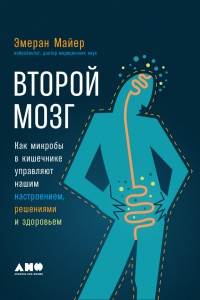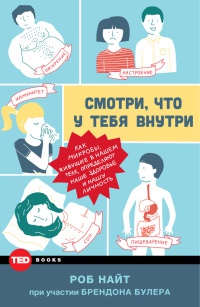Книга 10% HUMAN. Как микробы управляют людьми - Аланна Коллен
Читать книгу 10% HUMAN. Как микробы управляют людьми - Аланна Коллен полностью.
Шрифт:
-
+
Интервал:
-
+
Закладка:
Сделать
Перейти на страницу:
Перейти на страницу:
Книги схожие с книгой «10% HUMAN. Как микробы управляют людьми - Аланна Коллен» от автора - Аланна Коллен:
Комментарии и отзывы (0) к книге "10% HUMAN. Как микробы управляют людьми - Аланна Коллен"








